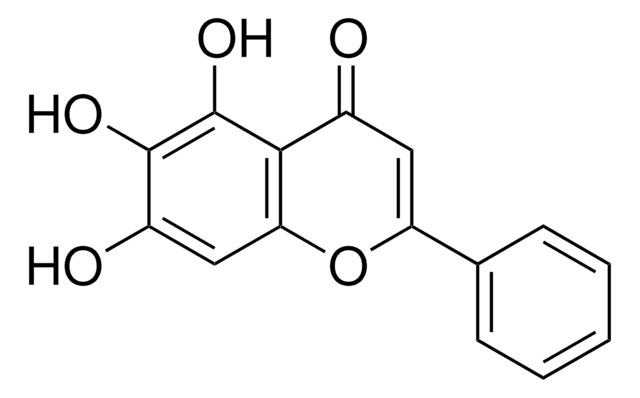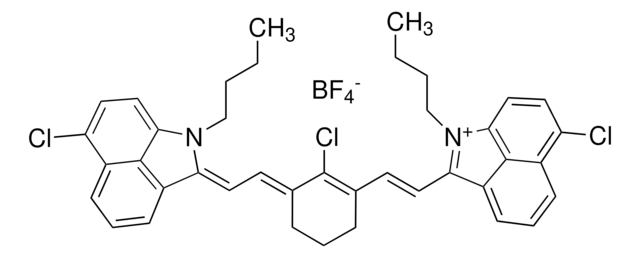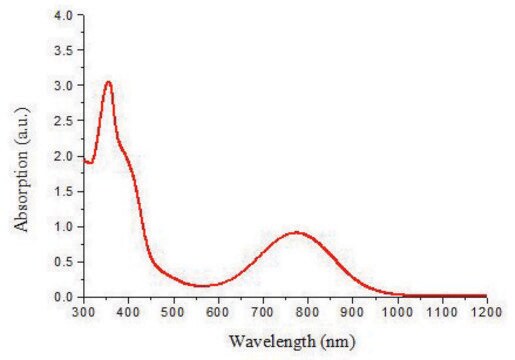465119
Baicalein
98%
Sinônimo(s):
5,6,7-Trihydroxyflavone
About This Item
Produtos recomendados
Nível de qualidade
Ensaio
98%
Formulário
solid
pf
256-271 °C (lit.)
grupo funcional
ketone
phenyl
cadeia de caracteres SMILES
Oc1cc2OC(=CC(=O)c2c(O)c1O)c3ccccc3
InChI
1S/C15H10O5/c16-9-6-11(8-4-2-1-3-5-8)20-12-7-10(17)14(18)15(19)13(9)12/h1-7,17-19H
chave InChI
FXNFHKRTJBSTCS-UHFFFAOYSA-N
Informações sobre genes
mouse ... Hexa(15211)
rat ... Alox15(81639) , Alox5(25290)
Procurando produtos similares? Visita Guia de comparação de produtos
Categorias relacionadas
Descrição geral
Aplicação
Ações bioquímicas/fisiológicas
Código de classe de armazenamento
11 - Combustible Solids
Classe de risco de água (WGK)
WGK 3
Ponto de fulgor (°F)
Not applicable
Ponto de fulgor (°C)
Not applicable
Equipamento de proteção individual
dust mask type N95 (US), Eyeshields, Gloves
Escolha uma das versões mais recentes:
Já possui este produto?
Encontre a documentação dos produtos que você adquiriu recentemente na biblioteca de documentos.
Os clientes também visualizaram
Artigos
Antioxidants protect biological systems from oxidative damage produced by oxygen-containing free radicals and from redoxactive transition metal ions such as iron, copper, and cadmium.
Nossa equipe de cientistas tem experiência em todas as áreas de pesquisa, incluindo Life Sciences, ciência de materiais, síntese química, cromatografia, química analítica e muitas outras.
Entre em contato com a assistência técnica










